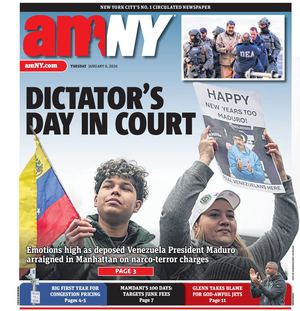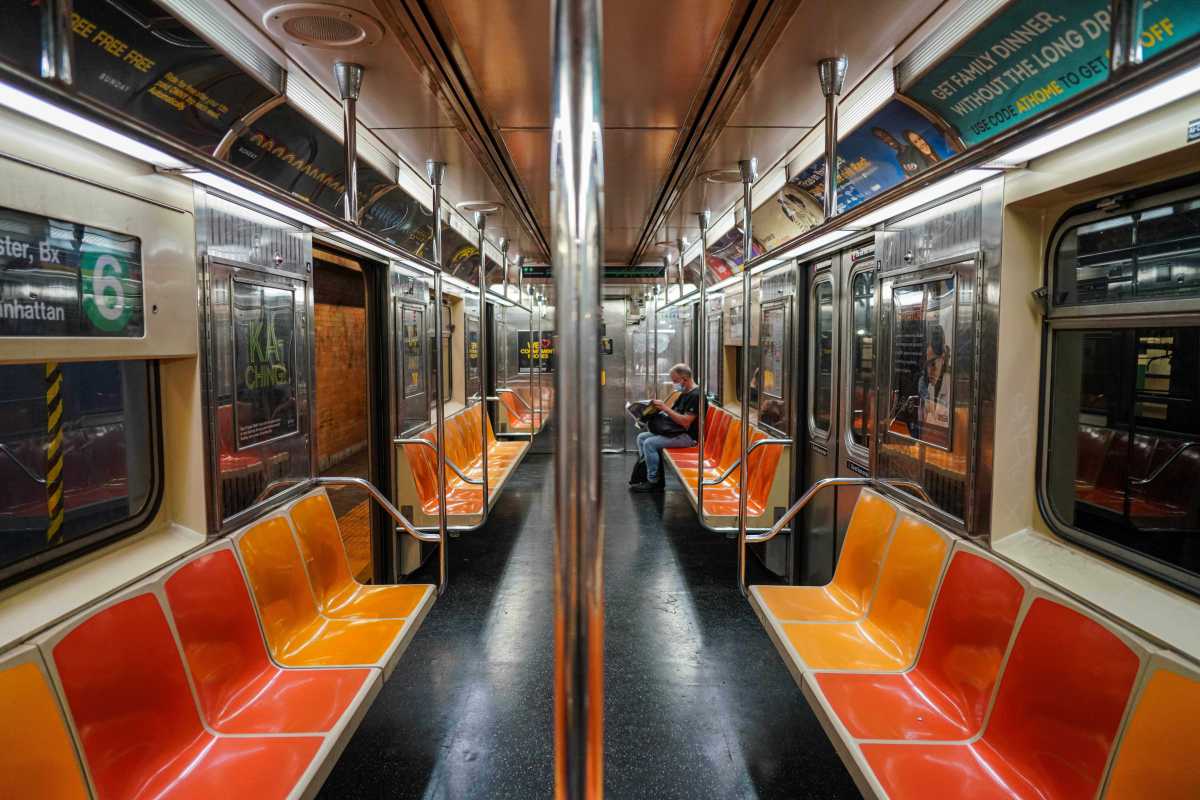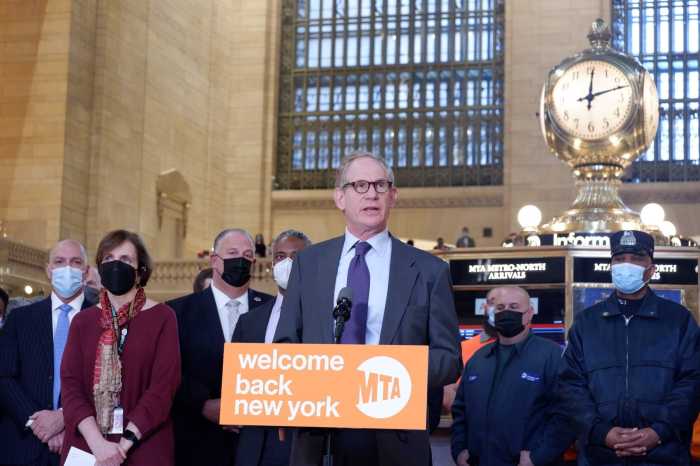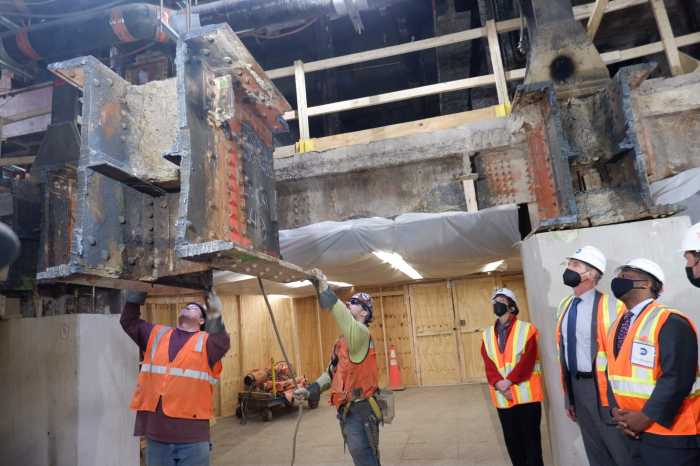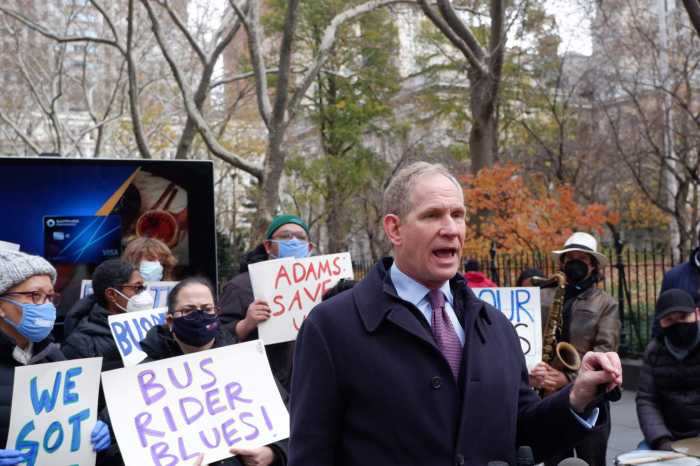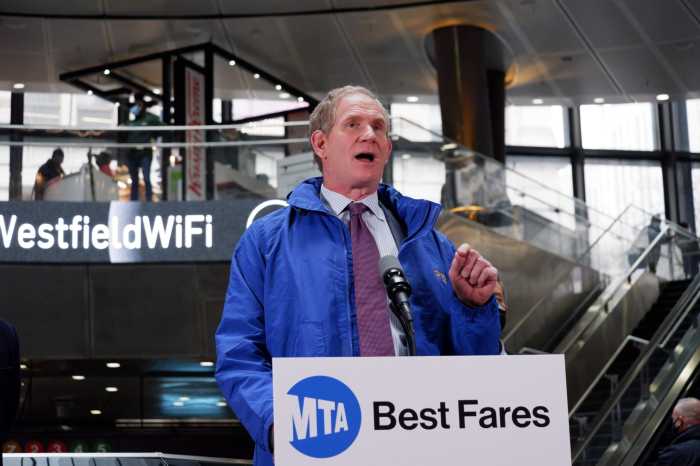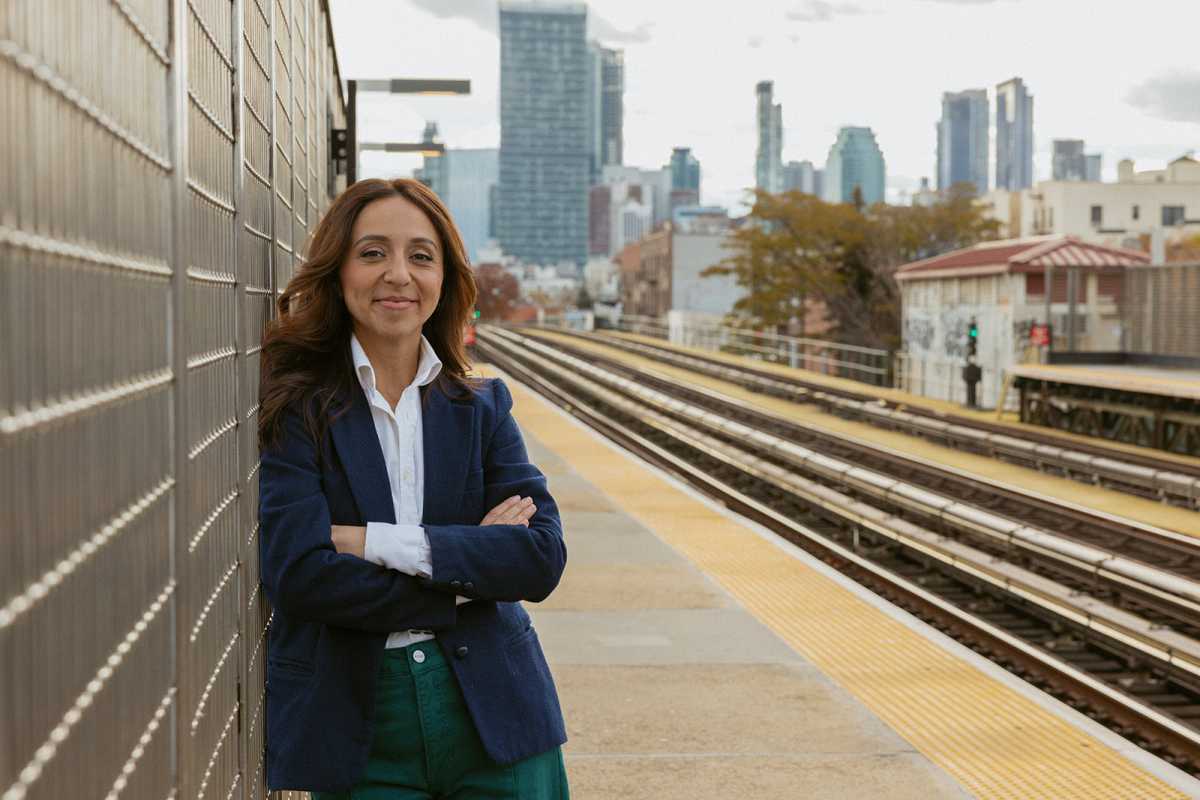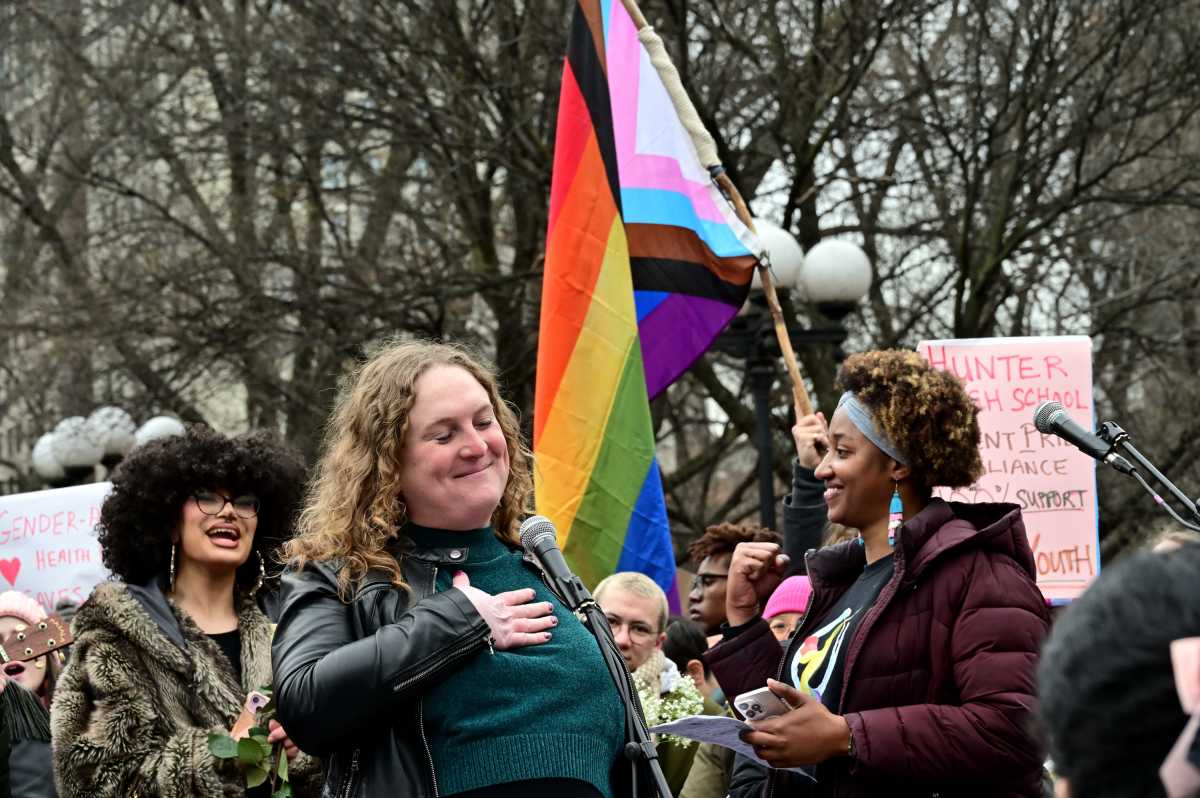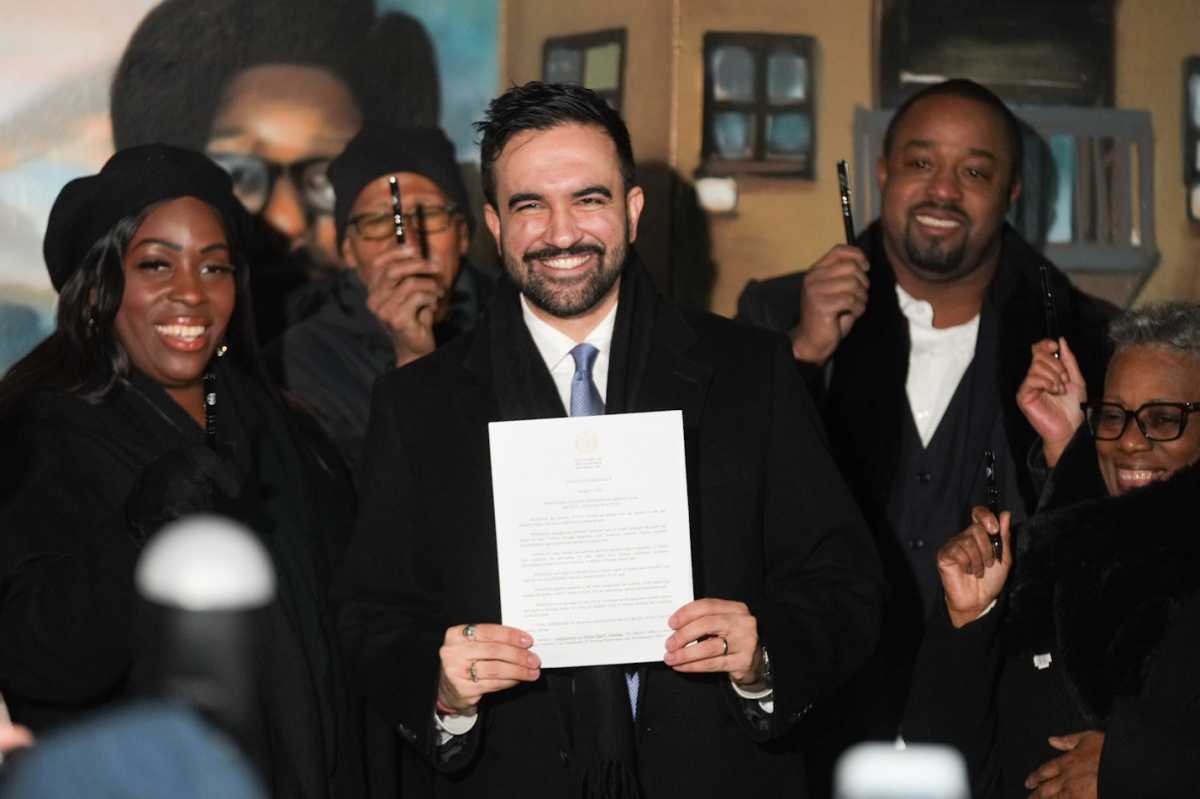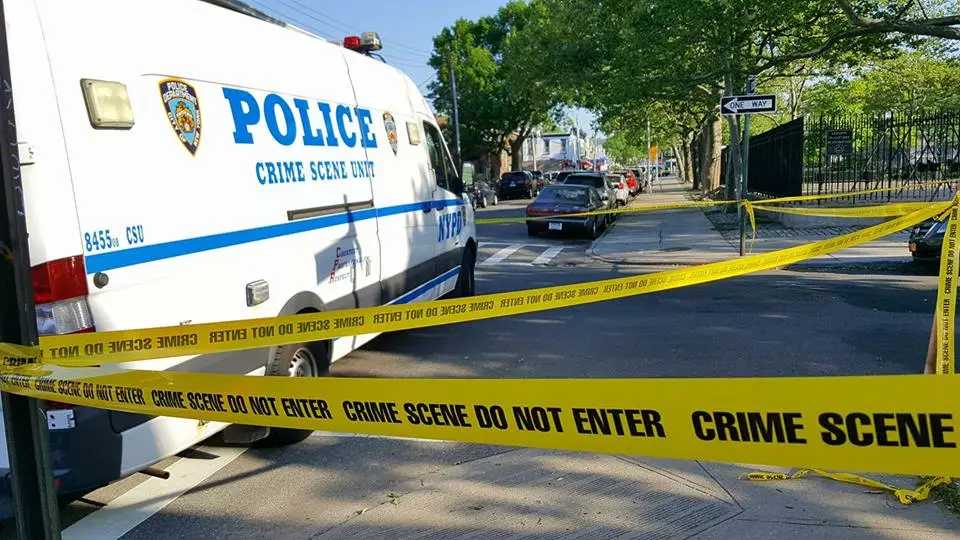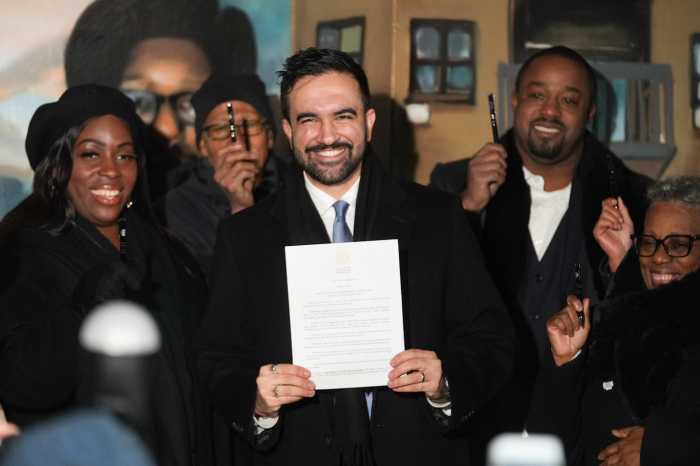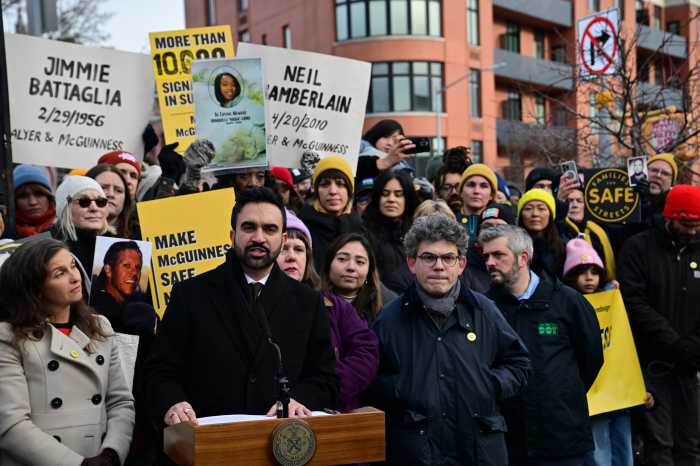Time’s running out for the MTA to get its fiscal house in order — and riders back to using public transit at pre-pandemic levels — before the bottom falls out, according to state Comptroller Tom DiNapoli.
New York state’s financial watchdog released a report Thursday indicating that the operator of the New York City metropolitan area’s public transit system has two years to fully restore ridership to pre-pandemic levels and, more importantly, rebuild fare revenue. That two years coincides with the billions of dollars in federal COVID-19 aid the MTA received, which is due to run out in about 24 months.
Starting in 2025, DiNapoli’s report projects that the MTA will need to cover a budget gap of $2.5 billion from the onset, which will only grow in the years to come. The gap could be as high as $4.6 billion in 2026 should the MTA fail to return to full ridership and fare revenue.
Outside factors, including a feared recession, could make the fiscal damage even worse, DiNapoli charged.
“The MTA needs to come up with billions of dollars to pay for operations in the coming years and that puts greater strain on its capital plan to update and repair the transit system,” DiNapoli said in an Oct. 6 statement. “This has to be achieved against broad economic challenges that are increasing costs and threaten a recession. The MTA has begun to lay out options for its funding partners, leaving them with some tough decisions. The authority must do its part to ensure any funds provided are maximized to enhance operations and achieve structural budgetary balance.”
While no one has yet specified what those “tough decisions” might be, the MTA — during previous financial crises — resorted to fare and toll hikes, and in 2010 went as far as to redraw its subway map, cutting lines and service in the process to get through what was dubbed the “doomsday budget.”
Regardless of what may lie ahead, the MTA stood in agreement with DiNapoli’s findings in an Oct. 6 statement — and said it was working on ways to spare the authority, and riders, the pain of strained finances down the line.
“This report is consistent with what we have come to understand since the pandemic started: mass transit is an essential service for New Yorkers,” said MTA Chief of External Relations John J. McCarthy. “We agree with the Comptroller’s findings, and the MTA has begun working with decision makers to develop a plan that assures continued strong mass transit service in the post-COVID era. We are also aggressively pursuing long-term savings and efficiencies while providing transit services to millions of riders that power the region’s economy.”
Before COVID-19 hit New York City in March 2020, ridership was at record highs; the MTA reported more than 5.5 million subway trips daily alone.
But shutdowns related to the pandemic saw ridership plummet; within weeks, the MTA saw less than a million people using the system, as the system kept running to serve essential workers while the vast majority of New Yorkers remained home.
Ridership has climbed in the years since, with the MTA reporting a post-pandemic record daily high of 3.875 million subway trips set on Sept. 21 of this year. Even so, that total represents about 70% of the pre-pandemic highs, with ridership higher in the outer boroughs than in central business districts where offices remain fully shuttered, or workers are coming in only a handful of days each week.
Lost ridership means lost fare revenue, which is contributing to the anticipated budget gap, according to DiNapoli. Persistently high inflation and rising debt service payments are also contributing to the sea of red ink being held back, for now, by the dam of federal aid that the MTA received.
The latest report follows one that DiNapoli released in July which indicated that the MTA faces “stark options” when it comes to its finances thanks to the slow ridership recovery. As he reported in July, the comptroller said in his October report that MTA obtain funding partners in government to provide additional money, which would enable the MTA to use its federal aid to pre-pay some of the $3.6 billion of its outstanding debt. That would help reduce future budget deficits.
DiNapoli also urged the MTA to “specify and increase planned savings, identify means for increasing non-operating revenue and ridership beyond current projects, and enhance service efficiency.” One possible source of revenue that the MTA is hoping for is through congestion pricing, which awaits a decision from the Federal Highway Administration in January, and could be implemented later that year. The MTA expects to receive at least a billion dollars in annual revenue from the program once it’s activated.
